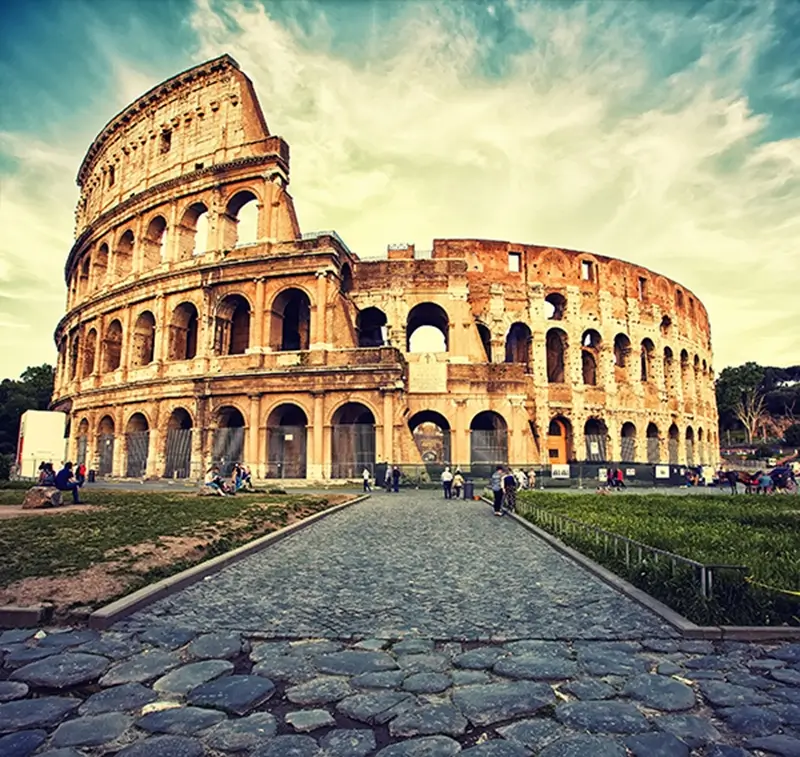Dentistry has come a long way since the Stone Age. Nowadays, we can replace missing teeth, get our teeth whitened to perfection and even embrace sedation if we have overwhelming nerves.
Thousands of years ago, people didn't have access to such services – but that doesn't mean they weren't practising dentistry. Evidence unearthed by archaeologists has shown that dental procedures were being carried out as many as 13,000 years ago.
Neolithic dentists
In an area in northern Italy, archaeologists discovered teeth from six Neolithic people, a study published in Physical Anthropology reports. Two of the incisors contained marks suggesting a pointed instrument had been used to enlarge cavities in the teeth and remove decayed tissue. The cavities had been plugged with bitumen, a naturally-occurring tar. It's not clear what the bitumen was supposed to do, but it may have been an attempt to slow decay and make eating less painful.
The hole had been drilled all the way down to the pulp chamber, so it must have been a painful procedure. Although the tool used was probably made from stone, the procedure seems to be more or less the same as modern dentistry – drilling out and filling cavities.
The next example of Stone Age dentistry is from teeth that belonged to people who lived around 9,000 years ago. Researchers found instances of drilling teeth in a Neolithic village in Pakistan. Drills made from flint were used to removed decayed tissue and was probably intended to relieve the pain of cavities. The finely-tipped drills were surprisingly effective, the researchers noted.

The origins of dentistry
These examples are the earliest evidence of dental practices. Previously, researchers had thought that dental practices only developed after agriculture introduced high-carbohydrate foods into people's diets but these ancient teeth show that dental problems and procedures date back even further than that.
These first primitive attempts at dealing with cavities came at a time when Europe was experiencing many changes with people arriving from the east and bringing new foods with them. The introduction of different foods could have led to more instances of cavities and kicked off the beginnings of dentistry. However, with only a handful of very old teeth as evidence, it's hard to say for sure.
One thing is certain – we promise our dental procedures don't resemble anything like Stone Age practices. Make an appointment with us to enjoy excellent service and quality care!
